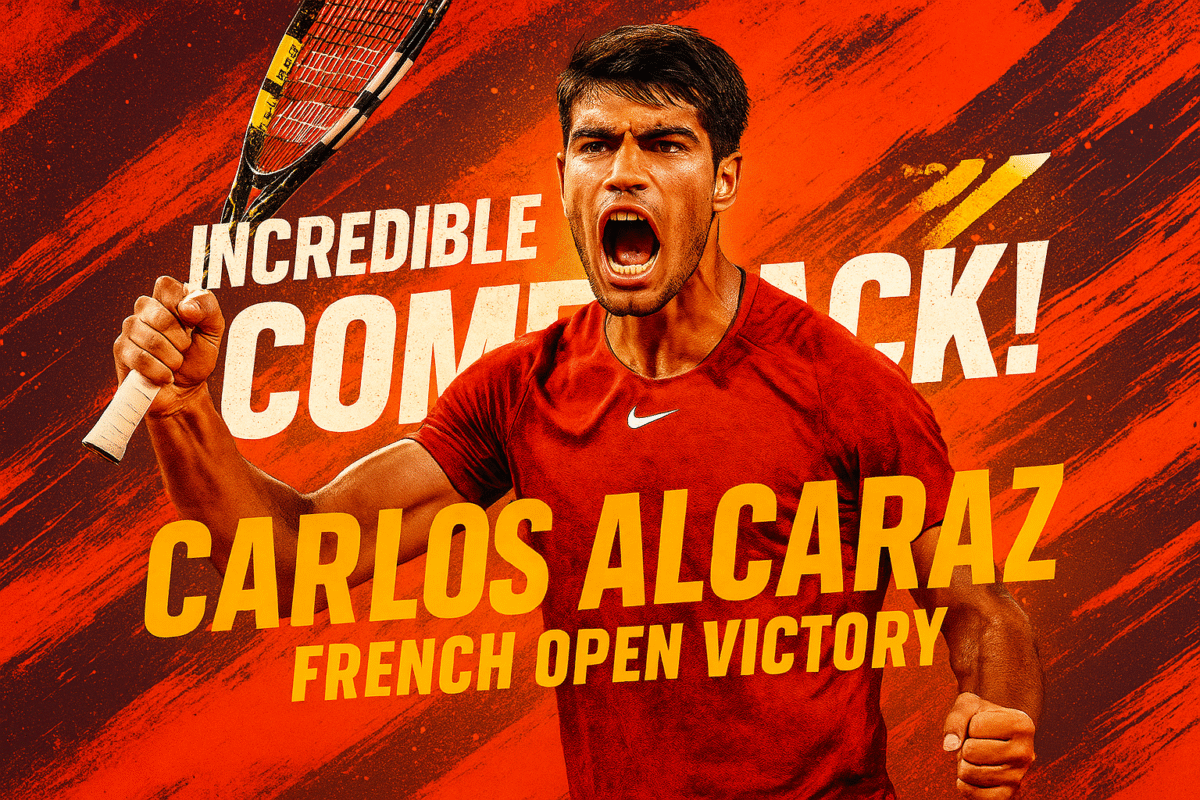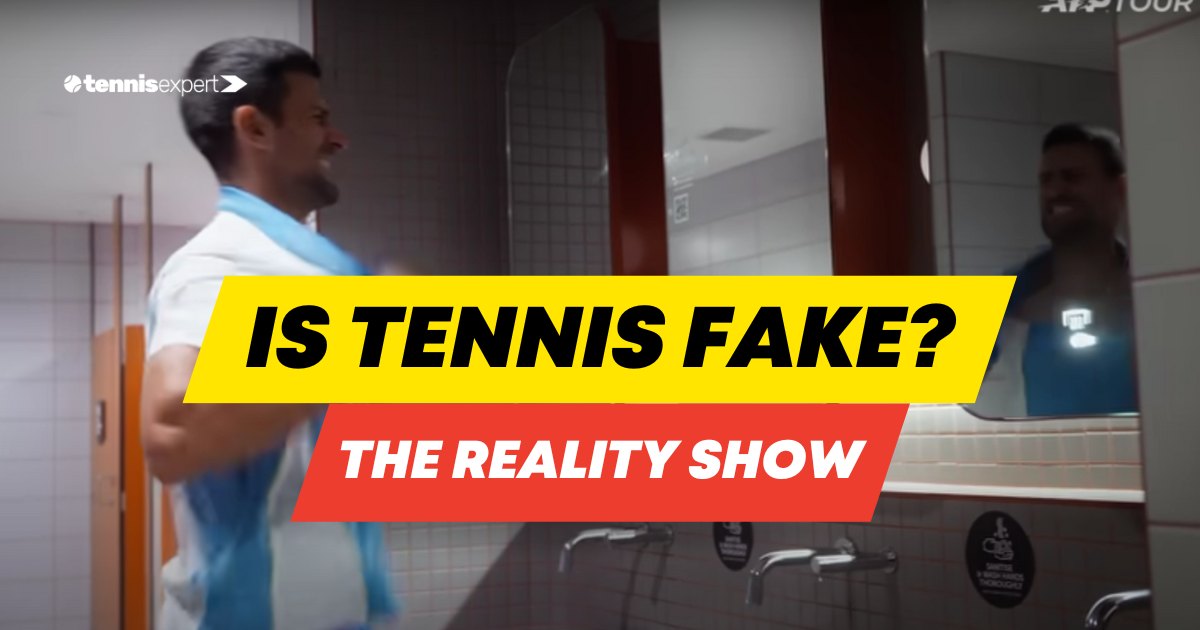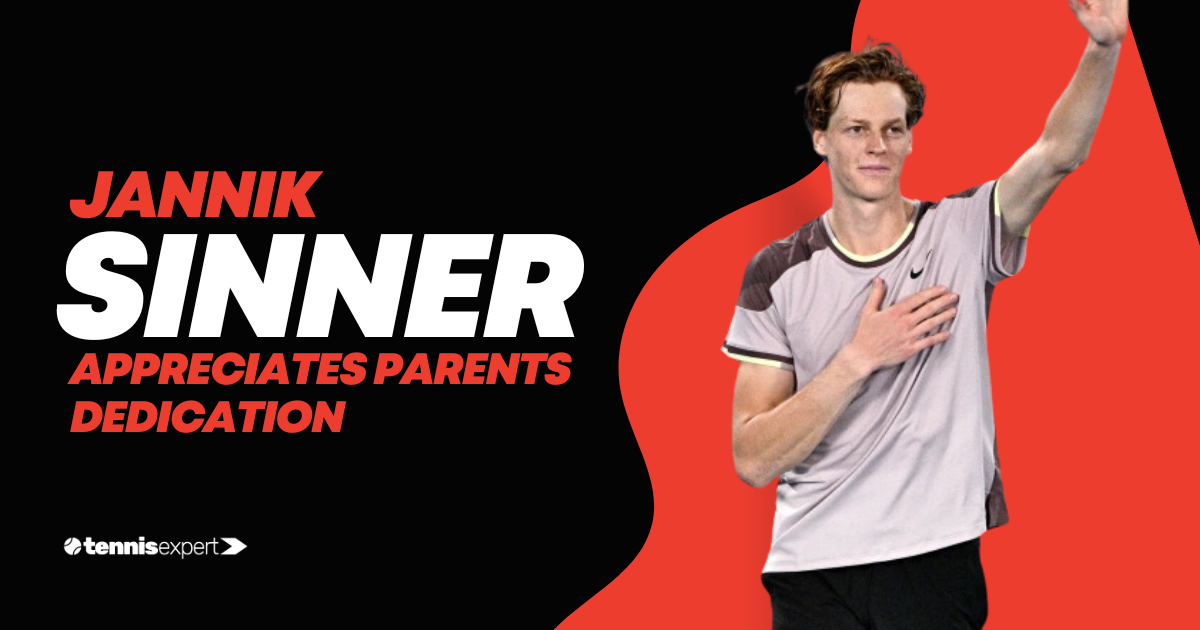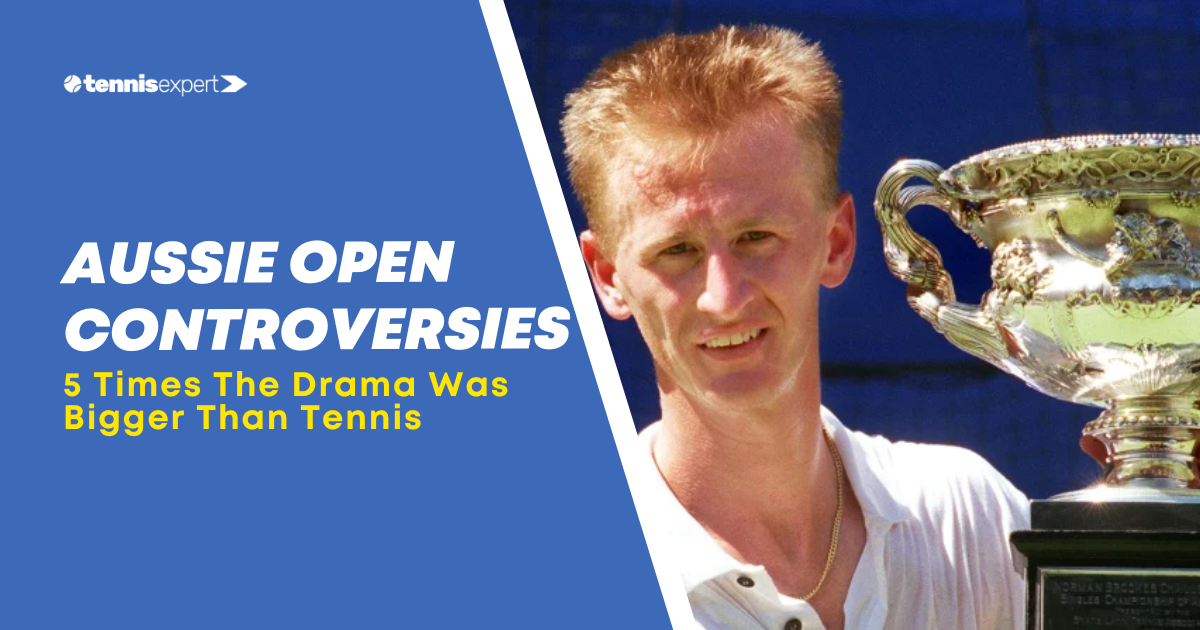-
Carlos Alcaraz Stuns Jannik Sinner with Historic Comeback to Claim Second Straight French Open Title
Carlos Alcaraz staged a remarkable comeback, saving three match points to beat Jannik Sinner in the longest French Open final ever.
-
The Tour: A Reality Show – Dive Into the ATP’s Side-splitting Take on the Sport!
Alright, fellow tennis lovers, gather around! You won’t believe this. The ATP Tour has just rolled out a YouTube video, “Tennis is Fake,” and it’s…
-
Emotional Rollercoaster: Sinner’s Tear-Jerking Speech After Epic Australian Open Win!
In a memorable showdown at the Australian Open, Jannik Sinner demonstrated an impressive comeback to claim his premier Grand Slam title, toppling Daniil Medvedev in…
-
Jannik Sinner’s Triumph: A Comeback for the Ages at the 2024 Australian Open
The 2024 Australian Open Men’s Final was a historic event that will be remembered for years to come. Jannik Sinner, the young Italian star, claimed…
-
Australian Open Scandals: 5 Times the Tennis World Was Rocked
Explore the top 5 most talked-about controversies in the Australian Open’s history. From on-court disputes to off-court dramas, delve into incidents that rocked the tennis…
As tennis players, we are all unique and particular, and we want our tennis gear and equipment to be exactly how we want it. That’s why we review the greatest tennis gear and equipment from prominent companies like Babolat, Wilson, Head, Prince, Yonex, Dunlop, Tecnifibre and much more!
We have extensively researched all products, give you our unique view as tennis players, and bring the results into one spot so you can compare and choose which gear is best for you. Select the most relevant criteria from the list below, and you will be directed to the category of your choice.
Rackets By Skill Level
We have compiled a list of tennis racket reviews to assist you in selecting the best tennis racket for your game and skill level. To help you find the perfect tennis racket, we’ve broken them up by ability level below. Choose your ability level below and get started.
Custom Rackets
Whatever level of tennis you play, using the right kind of racket can have a significant impact on your performance. Most custom rackets are hand-assembled to meet your exact specifications for playing your best tennis ever.
If you know what specifications you require, don’t hesitate to contact our custom racket manufacturer partner by clicking the link below. If you need assistance or more information, their team will answer all of your questions and help you find the best racket for you.
On-Court Gear & Apparel
We have compiled a list of the best tennis shoes, bags, sunglasses, elbow braces and tennis apparel from the top tennis and athletic companies listed below. We spend numerous hours researching and reviewing every product. Get ready to hit the courts!
On-Court Equipment
Whether you’re looking for ball machines, balls, hoppers, strings, stringing machines, training aids, or overgrips, we reviewed everything you should ever need to play like a pro!





